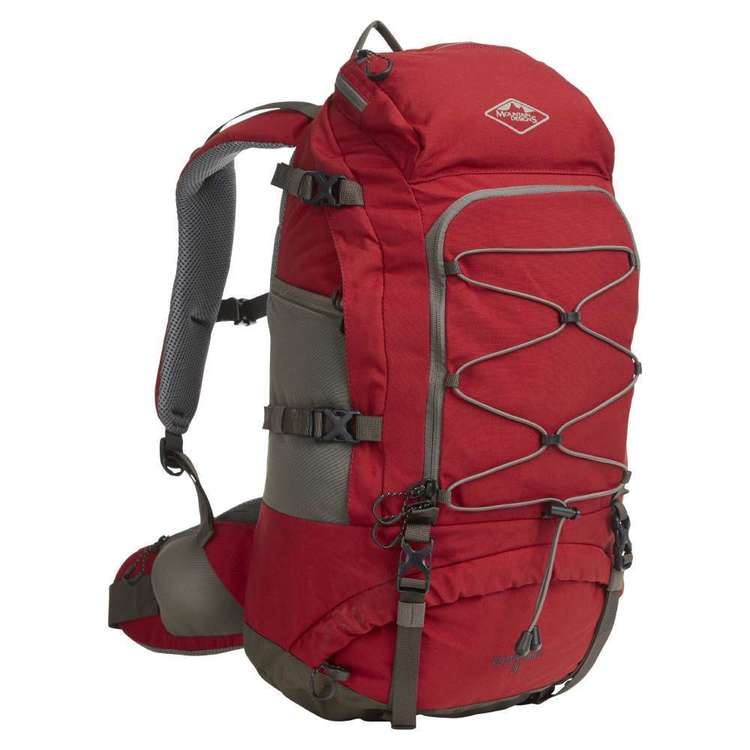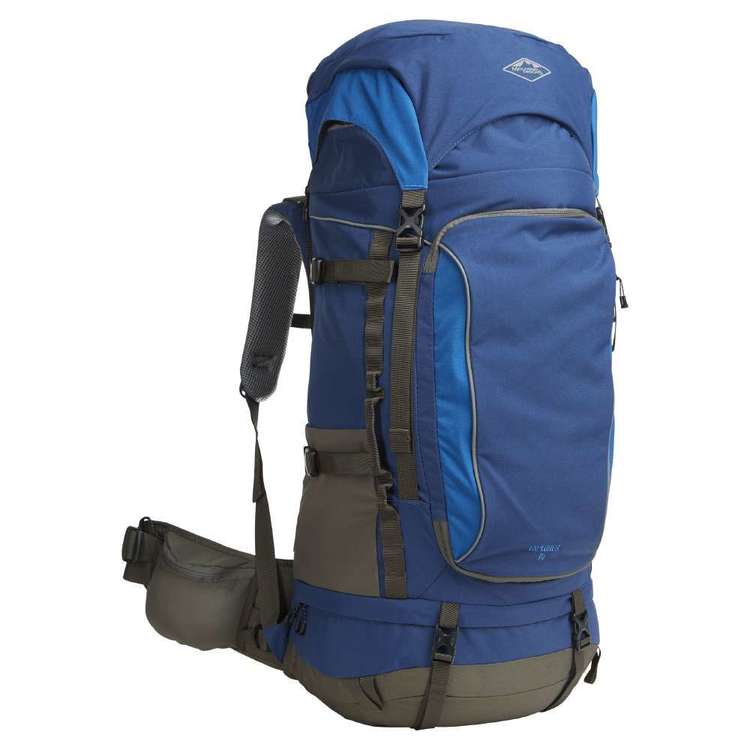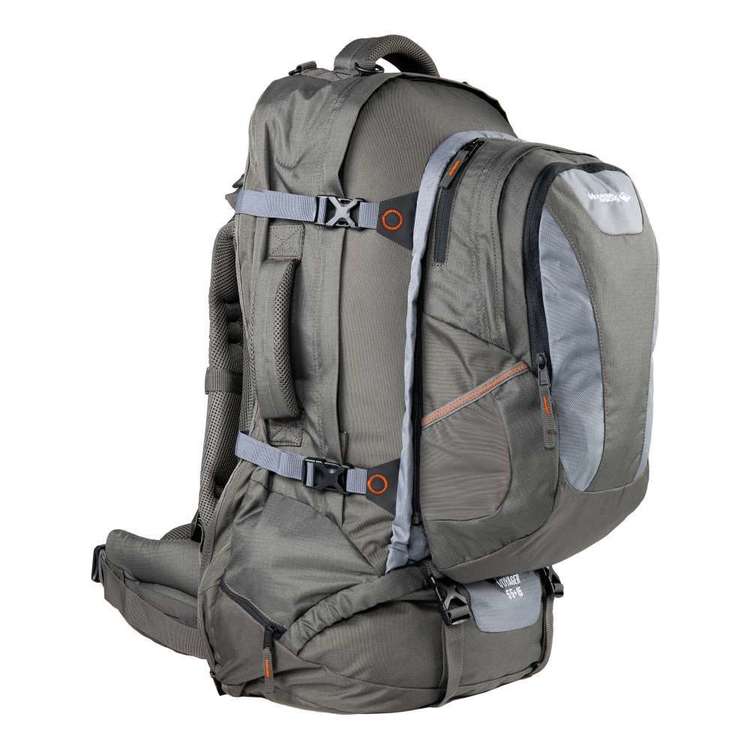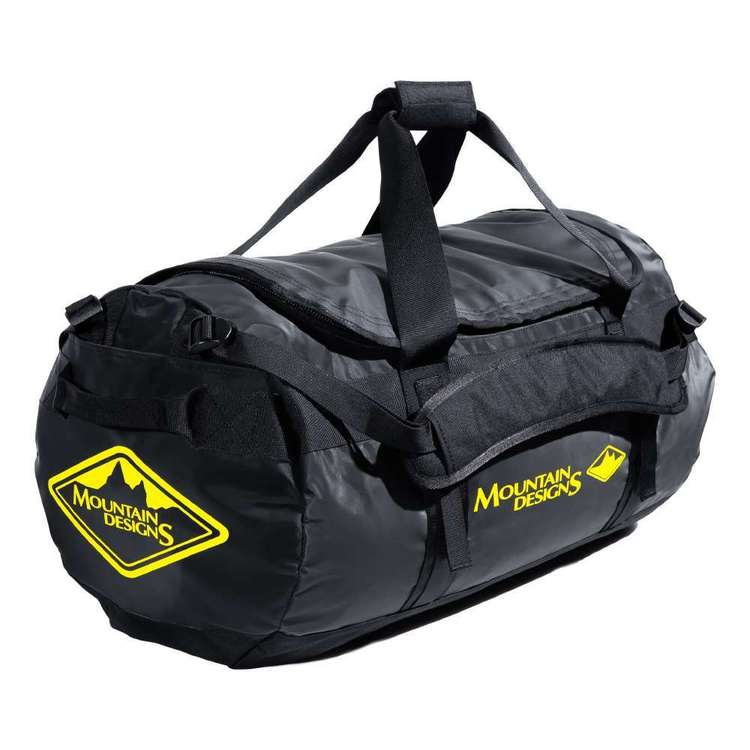| Your browser is not supported. | ||
|
Please browse our site using any of the following options:
| ||
How To - Choose A Pack
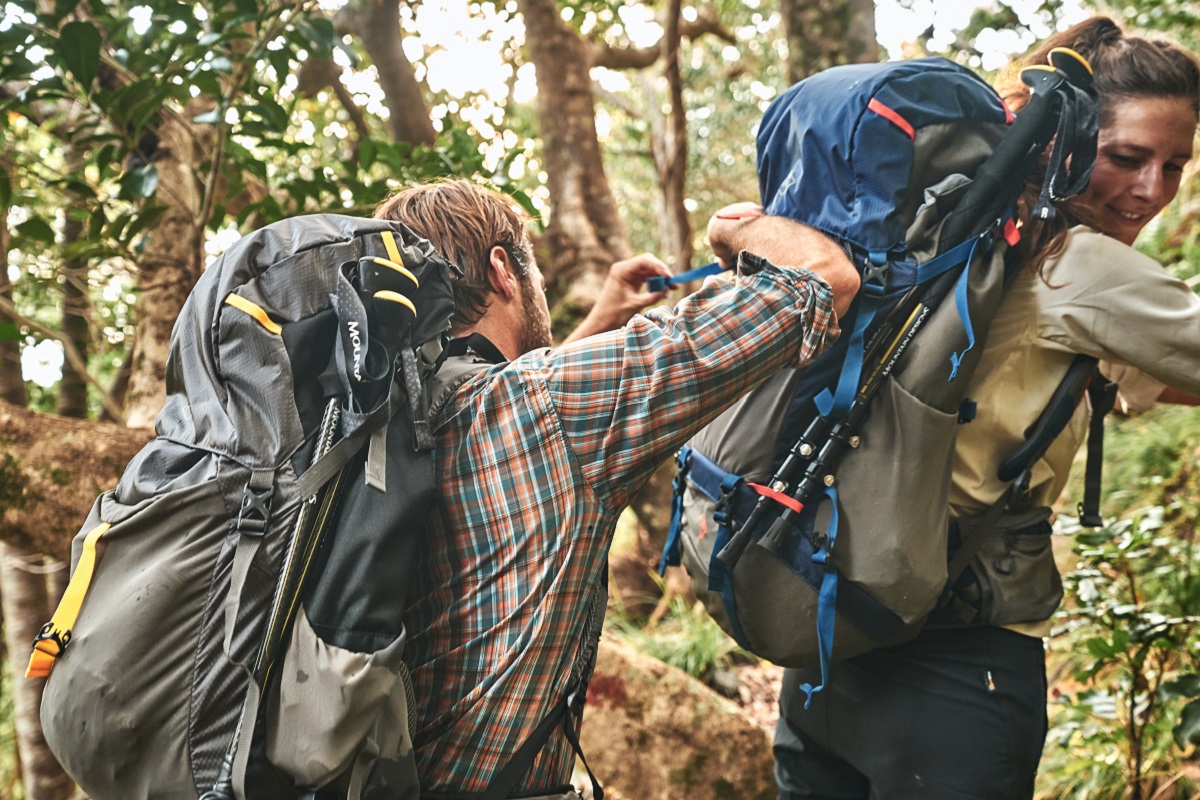
Choosing the right pack or bag is essential to your adventure. It will be your companion - sometimes even your house - wherever your journey takes you. Too big and you'll have too much extra weight to carry, too small and you'll never fit anything in, pick the wrong material and your items will get soaked when it rains…there are so many options out there that it can get very confusing. Read on to learn the few important considerations to take note of to ensure you choose the right pack or bag for your next adventure.
The Process Of Choosing The Right One
Apart from looking good, every backpack and bag is designed for a purpose. Different designs and sizes suit different activities, and while some will be cross-functional, the real decision comes from looking at your main activity type. This determines which factors will have more importance over others. For example, weight might override comfort and support when travelling, whereas adjustability and agility are considerations for hiking. The key to choosing the right pack or bag is a 3-step process:
- knowing the different pack/bag categories that are available;
- identifying your main activity and the design features that suit that activity; and
- understanding what the design features are and what they do.
Types of Packs & Bags
Day Packs
Day packs are a smaller type of pack so they are ideal for activities of limited duration and gear. However, with so many to choose from, your intended end use determines what features to look for.
Hiking Packs
Hiking packs have a narrower shape and give you better agility. They have to be as light and weatherproof as possible. Most hiking packs give you an adjustable harness so you can fit the pack comfortably to your body height and shape. The most specialised version is the alpine pack, made to withstand extreme weather conditions at minimum weight.
Travel Packs
Travel packs are designed to give you the packing options and travel security of a suitcase. A zip-away harness can even transform your travel pack into a suitcase if you need it (that can come in handy at the airport conveyor belt or at your hotel reception). Travel packs are generally quite roomy and open all the way up, allowing full access to your gear.
Hybrid Packs
Hybrid packs are where travel and hiking packs meet. They combine the narrow profile of a hiking pack with the convenience options of a travel pack. This makes hybrids heavier than genuine hiking packs, yet it creates an excellent all-round pack that you can rely on for city travel and hiking trips.
Duffle Bags
A duffle bag is used primarily to help transport large volumes of gear. Its design and construction focuses more on maximising compartment space and durability, rather than technical design or organisation.
Hydration Packs
Hydration packs are lightweight, have a low profile and are specially designed to hold liquid containers such as bladders. They may have some storage too but this will be limited.
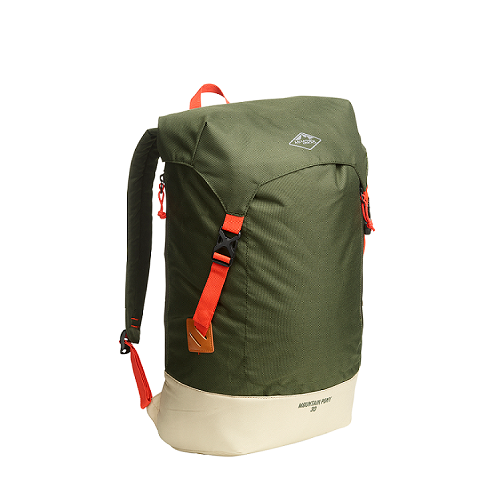
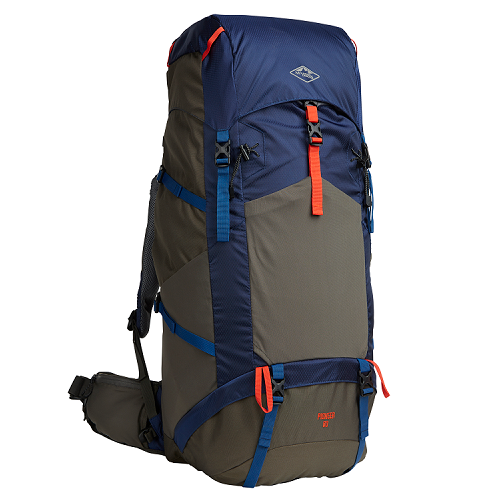

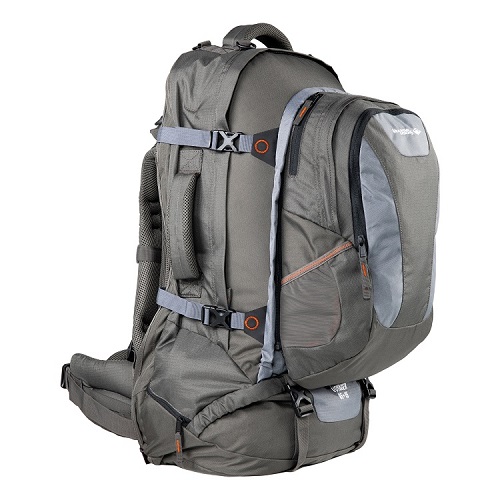
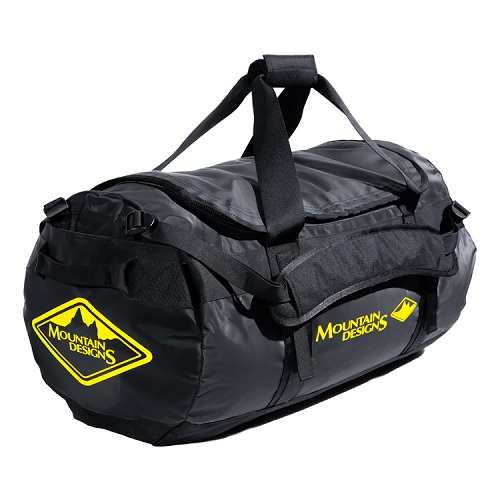
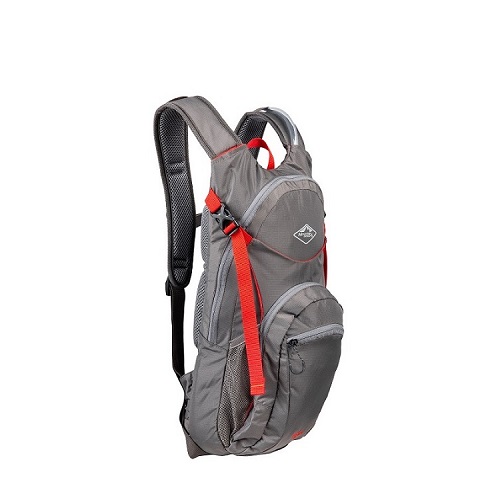
Examples of the basic types of packs and bags (from left to right): the Mountain Pony 30L Day Pack; Pioneer 60L Technical Hiking Pack; Voyager 30L Carry-On Travel Pack; Voyager 65L + 15L Hybrid Travel Pack; Expedition 120L Duffle Bag; and Reload 10L Hydro Pack.
Here's My Activity - What Should I look For?
- Bush Walking & Hiking - narrow profile; padded back; capacity of 30L+; hip belt; chest strap/sternum strap
- Camping - large compartment space; durable construction; quality carry handles
- Rock Climbing - chest strap; compression straps (prevents load from shifting), features for easy storage of gear (internal pockets, daisy chain, and crampon straps)
- Ski Touring - narrow profile; chest strap; hip belt
- Trail Running/Multi-Sports - lightweight; low profile; good fastening and stabilising system
- Work/School/University - compartments, slots and sleeves (for organising)
- Hydration - removable reservoir or bladder; sipping hose clip on shoulder strap (easy access)
- Travel - large packing space across main compartment and pockets; security; easy to carry
Remember that this is a not an exhaustive list; there will be some features that you as an individual will value more than others. Ultimately this is a guide and you need to work out what is best suited to you.
Understanding Technical Features
Size
A good starting point is the size or capacity - how much does the pack actually hold? Often the activity type and duration of the trip determines what you need. For example, a day hike might only require space for a water bottle, some snacks and a rain jacket; whereas a multi-day trek in alpine backcountry would need a large expedition style pack with room for more equipment such as sleeping bags, tents and boots.
As a general guide, capacities range by pack/bag type:
- Day Packs: 10-30L
- Hiking Packs: 40-70L
- Travel Packs: 50-80L
- Duffle Bags: 50-150L
- Hydration Packs: 5-20L
50 to 80 litres is a popular size for extended trips (multi-day hikes, overseas travel such as gap years, and camping trips) but if you can get away with a smaller pack, do it. Remember, never leave the house with a backpack completely full - this is the number one mistake that many new travellers make. Carrying too much on your adventure will drastically alter your experience, and not in a good way. You will actually be better off buying a slightly larger pack and not filling it to capacity, which will also leave some room for anything you pick up on your travels. An alternative option that works well for longer adventures is to buy a larger main pack and put a smaller, collapsible day pack inside. That way you only have one bag to carry until you can drop the larger backpack and switch to the smaller day pack.
To get an idea of what you may be carrying on your adventure, take a look at our gear guides.
Durability
The two critical features on any backpack or bag that are most prone to wear and tear are the straps and zippers. Look for double stitching, good quality metal zippers, and buckles that don't feel flimsy or fragile. You can pretty well judge how prone a zipper is to locking up just by trying it a few times back and forth. Also check for durable base fabrics with greater denier measurement, which will better handle rubbing and scrapes on abrasive ground surfaces. Another thing to look out for on packs is ventilation systems or mesh netting. These keep the load off your lower back so that your clothes don't sweat through, but while this certainly helps comfort, take more care as these are slightly more prone to getting torn up than a simple back pad.
Harness & Fit
A backpack needs to fit properly and be comfortable to carry, otherwise every single step is going to get tedious and painful. Key points here include:
- Shoulder Straps - Most packs have some sort of adjustability when it comes to the shoulder straps and harness. The bigger packs and/or packs of better quality will have padded shoulder straps, often with a contoured shape for better fit and comfort.
- Load Adjusters - Adjusting these straps allows you to distribute the weight of the gear load according to your torso and walking technique, in turn making it easier to carry.
- Chest Strap - Horizontal to the shoulder straps, this works by further securing the pack to your torso and evenly distributing the pack weight.
- Hip Belt - Once clipped together, this should sit just above your hips. It helps to secure the weight of the load and support your torso with each step. This will usually be padded, may even be pre-curved for comfort, and sometimes has some storage pockets.
- Back Panel - This is the portion that rests against your back. It should have padding and some sort of breathability (either by mesh material or contours that allow for air flow).

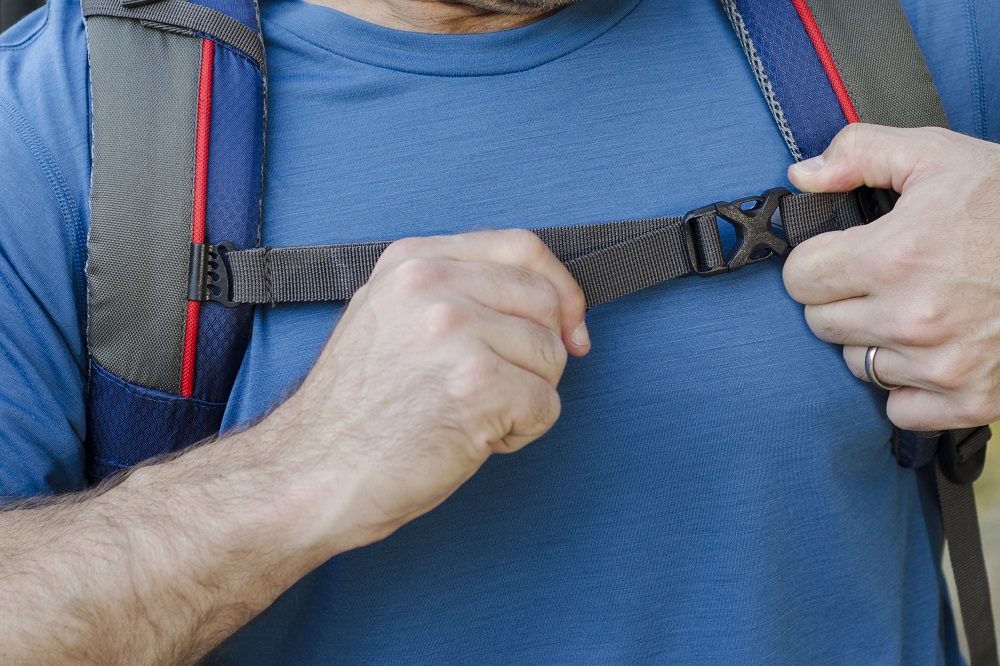
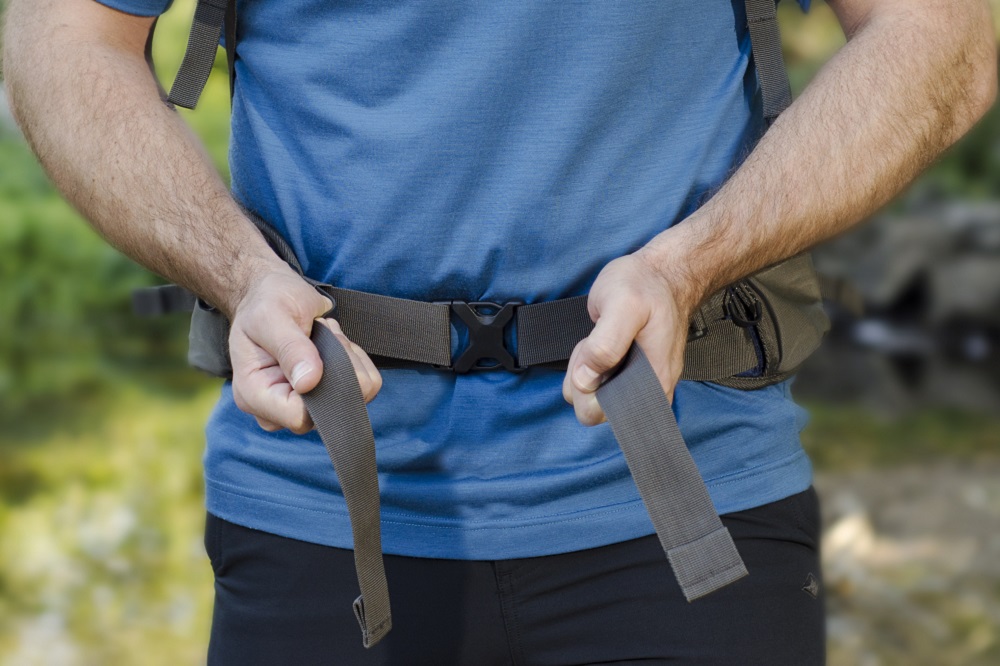
Fitting a pack properly is essential to performance and comfort, with most packs allowing you to adjust the shoulder straps (left), the chest strap (middle) and the hip belt (right).
Some styles will have an adjustable harness with the features above; other styles will actually come in set sizes (small, medium, large, extra-large). If you're looking at these, as a general rule, most men will end up with a 'large' pack while women choose 'medium' framed packs. Look for specific brands or backpacks that specialise in 'women's fit' styles that fit on a woman's shoulders, rather than just making their packs smaller.
Regardless of the brand, size, or capacity, fitting your backpack correctly is essential for comfort, especially with larger loads. A backpack should be fitted to your body and feel comfortable when loaded with at least 25kg (don't worry, this is only a test method; you most likely won't be carrying this much weight as the average weight of a backpacker's pack is between 12kg and 15kg).
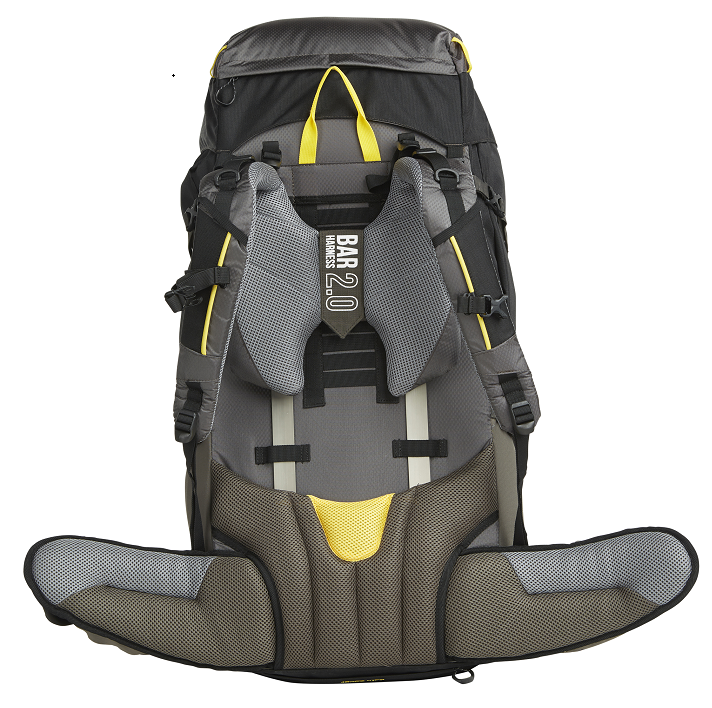
An adjustable harness system allows you to fit your pack to your body shape and size, and manage the distribution of the load weight more effectively.
Frame
With the bigger packs, you will definitely want an internal frame. There will be no need to attach things to the external frame unless you are primarily camping and carrying bulky items like a bedroll. Internal frame packs keep everything self-contained and are definitely the most popular style for backpack travel and multi-day hikes. An internal frame backpack usually includes a large compartment on the bottom for your sleeping bag. This provides greater protection from the weather (since the bag is actually inside the backpack) and eliminates the chance of the sleeping bag being lost or damaged while hiking. In wetter conditions, this is a major benefit.
Side or Top Loading
This depends entirely on preference and adventurers will debate it to the end. It refers to the main compartment and how it is accessed for packing. Top loading packs are the most popular, but everything packs into them in a linear fashion so you have to pack based on when you will need to access things. Typically hiking packs and day packs are top loaders. Side loading packs open with a U-shape, somewhat like a standard duffle bag, allowing access to all the contents in exchange for slightly more awkward handling.
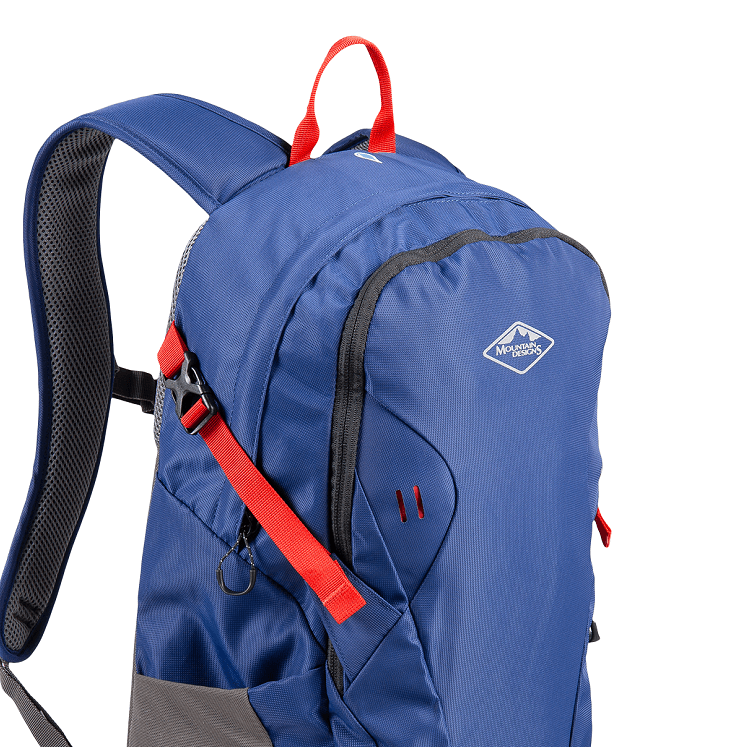
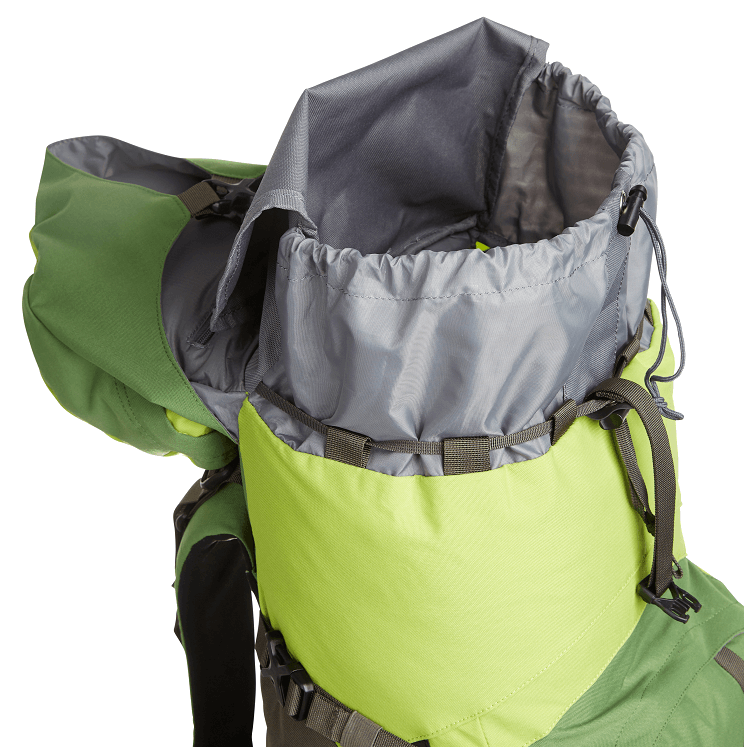
Top loading designs are the most popular when it comes to accessing the main compartment, with the standard zippered system (left) and the cinchable drawcord system (right).
Functional Design
There are a number of functional design elements that might be really handy to have, depending on your adventure. These include:
- Additional Compartments - Do you just have one huge compartment (like a duffle bag) or do you want to be able to separate your gear? Some hiking packs will have a bottom compartment, which works really well for storing footwear, wet clothing or other bulky equipment like sleeping bags.
- Accessories Pockets - Look for these both internal and external. They are great for helping you organise your smaller items, or having easy access to quick-grab things like water bottles, multi-tools, wallets and mobiles.
- Weather Protection - Most packs and bags these days have some form of coating or laminate on the inside of the outer fabric and base material, which provides waterproof protection. A Durable Water Repellent (DWR) finish on the outer will also help light rain bead off the surface, and some styles even have an in-built rain cover to put over the bag itself for full coverage.
- Daisy Chain System - These provide an extra place to hang items such as water bottles and sleeping mats.
- Pole Attachment Loops - For the hikers, this is a handy feature for keeping your poles sorted when not in use.
- Hydration Bladder Sleeve - An internal pouch to separate your hydration bladder from the rest of your gear inside the main compartment.
- Security - Lockable zips allow you to secure your gear in transit with confidence.
- Compression Straps - Many backpacks have compression straps to tighten your gear load and eliminate redundant space. Compressing the entire load into a tighter package makes it easier to handle, as it is smaller and will shift less.
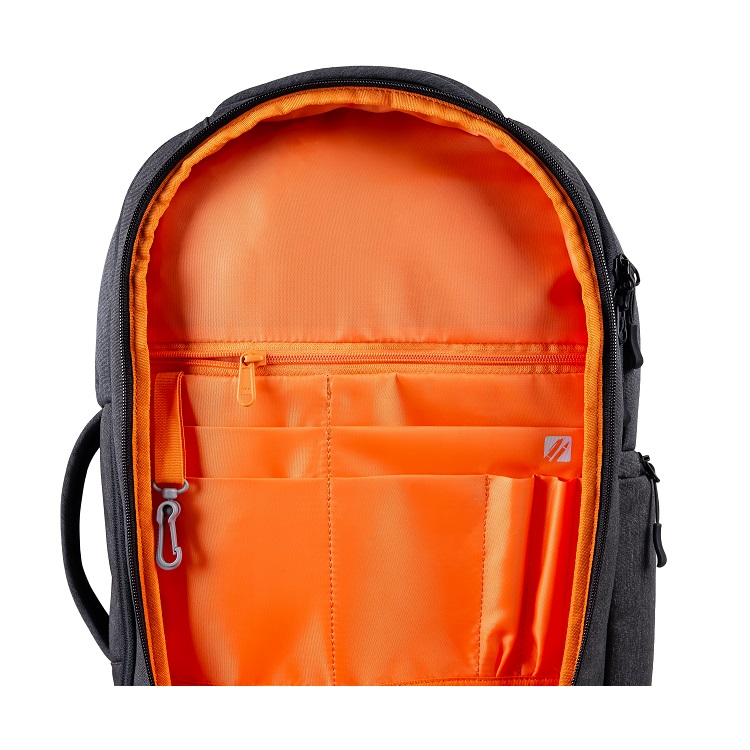
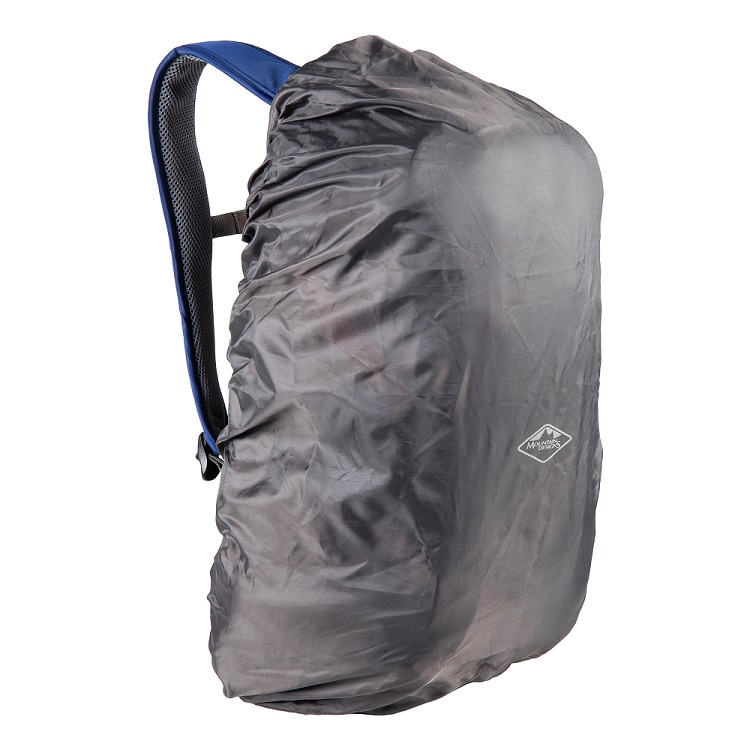

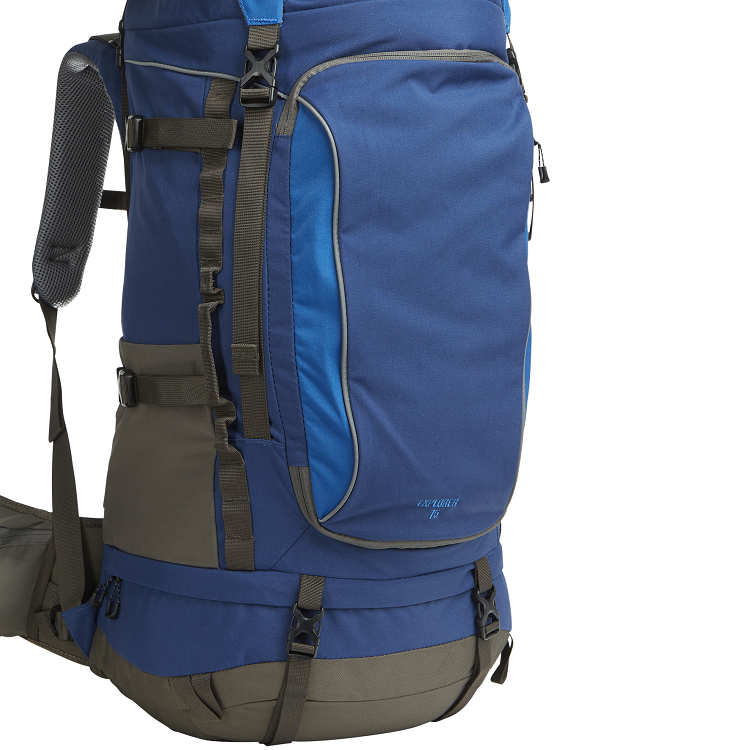
Functional design elements include (from left to right): accessories pockets and internal compartments; built-in rain covers; daisy chain attachment systems; and packing compression straps.
Weight
A lightweight pack or bag will obviously reduce the overall load weight. Generally speaking, the smaller the holding capacity, the smaller the bag, the lighter the bag weight. More durable and robust fabrics will weigh more but will deliver longer-lasting use, and any pack with a frame will have more weight. Like with all outdoor gear, it's about finding the lightest option that still performs.
Price
All things being equal, the greater the load capacity the more you will spend. A pack with more features and specs will also have a higher price point, but the superior performance they provide will generally justify the extra cost. Ultimately, the pack or bag you choose will be determined by your budget.
